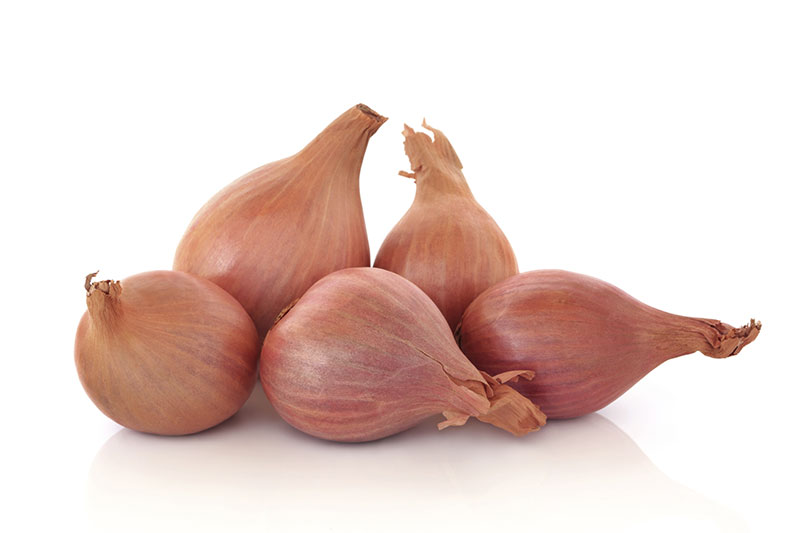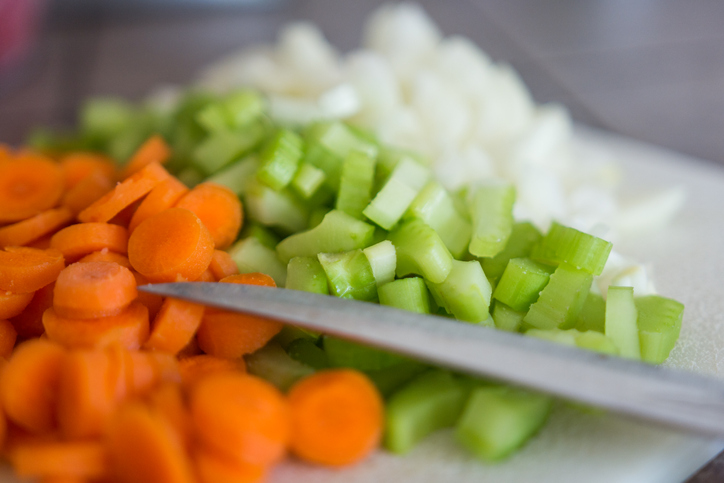Onions, Shallot

Availability:
Year-round
Availability:
| J | F | M | A | M | J | J | A | S | O | N | D |
Notice:
on demand
Receiving/Storage:
Receiving Information: Good quality shallots should have uniform shapes, firm texture, and be free of blemishes. Avoid shallots that appear soft, shriveled, or moldy. Water-soaked spots: This is an indication of freeze damage. To prevent freezing injury, do not store dry onions below 30 degrees F/-1degree C. Green spots: Dry onions may develop green spots if they are exposed to sunlight. For best quality, keep onions in a dark area out of sunlight. Storage/Handling: Shallots may begin to decay or show signs of mold if they are stored in an area with high humidity or low air circulation. For best quality, keep shallots cold (32-36 degrees F/0-2 degrees C) during storage. Maintain adequate air circulation during storage as well. Temperature/humidity recommendation for short-term storage of 7 days or less: 32-36 degrees F / 0 - 2 degrees C
Humidity 90-98%.
Description:
The Shallot is a hardy, bulbous perennial that is closely related to onion and garlic. The Shallot leaves are short, small, cylindrical, and hollow. The flowers are lavender or red, in a compact umbel. The bulbs are small, elongated, and angular and develop in clusters on a common base, much like the garlic plant. Shallots are planted early in spring and grow in any good garden soil; the bulbs are harvested in the autumn. The so-called shallot that is marketed extensively as green spring onions is in fact a form of onion. Purplish color, firm.


